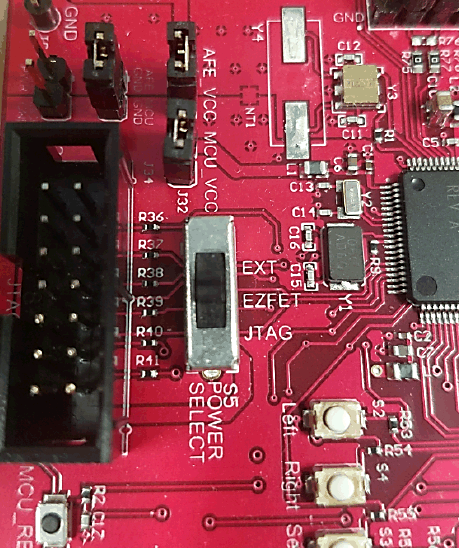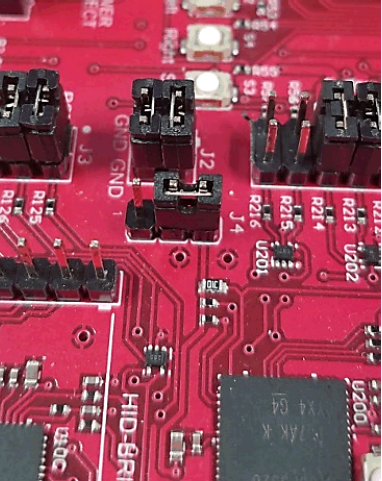JAJU680A January 2019 – July 2022
- 概要
- Resources
- 特長
- アプリケーション
- 5
- 1System Description
- 2System Overview
- 3Hardware, Software, Testing Requirements, and Test Results
- 4Design and Documentation Support
- 5About the Authors
- 6Revision History
3.1.1.1 EVM430-FR6043
The EVM430-FR6043 evaluation kit is a development platform that can be used to evaluate the performance of the MSP430FR6043 MCU for ultrasonic sensing applications (for example, smart gas meters). The kit provides a flexible solution to let engineers quickly evaluate and develop with the MSP430FR6043 MCU, with a variety of transducers up to 2.5 MHz. The EVM can display the measurement parameters using the onboard LCD and connectors for RF communication modules.
The EVM430-FR6043 kit can be USB-powered, but it also includes a provision for external power. The EVM also has headers for a BoosterPack plug-in module to interface with external boards through various interfaces like I2C, SPI, UART, or GPIO, as well as RF communication modules. The EVM has an onboard, segmented LCD and an onboard, eZ-FET emulation circuit to enable programming and debug.
When using USB as the power source, set the S5 switch to the middle position (ezFET). When using an external power source, set the S5 switch to the top position (External) (see Figure 4-1).
 Figure 4-1 eZ-FET Power Selection
Figure 4-1 eZ-FET Power SelectionFigure 4-2 shows J1 and J3 set for the USB power source (ezFET).
 Figure 4-2 USB (eZ-FET) Power Jumper Configuration
Figure 4-2 USB (eZ-FET) Power Jumper ConfigurationAll of the test results presented in this guide used an external power supply (EXT_POW).